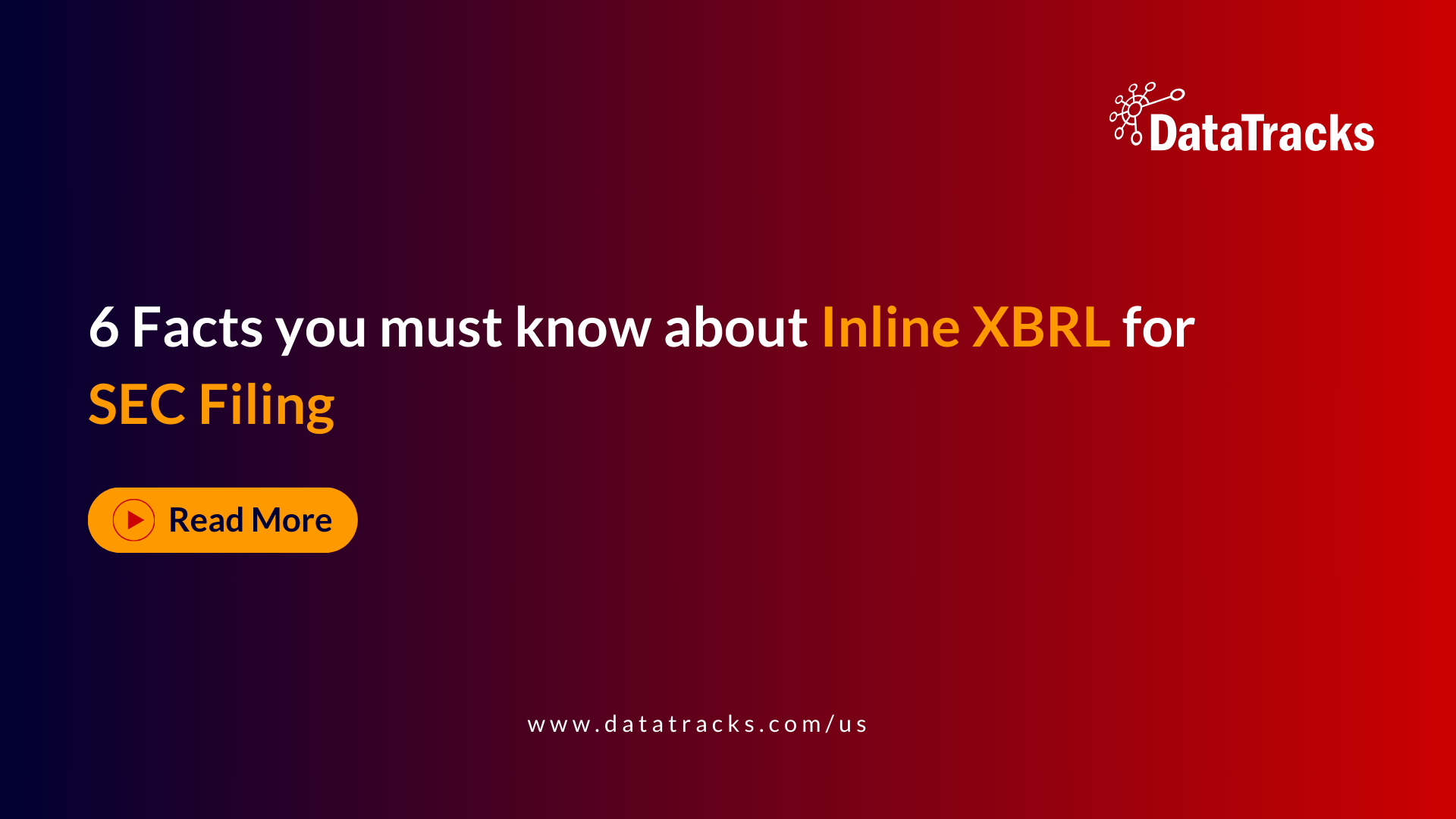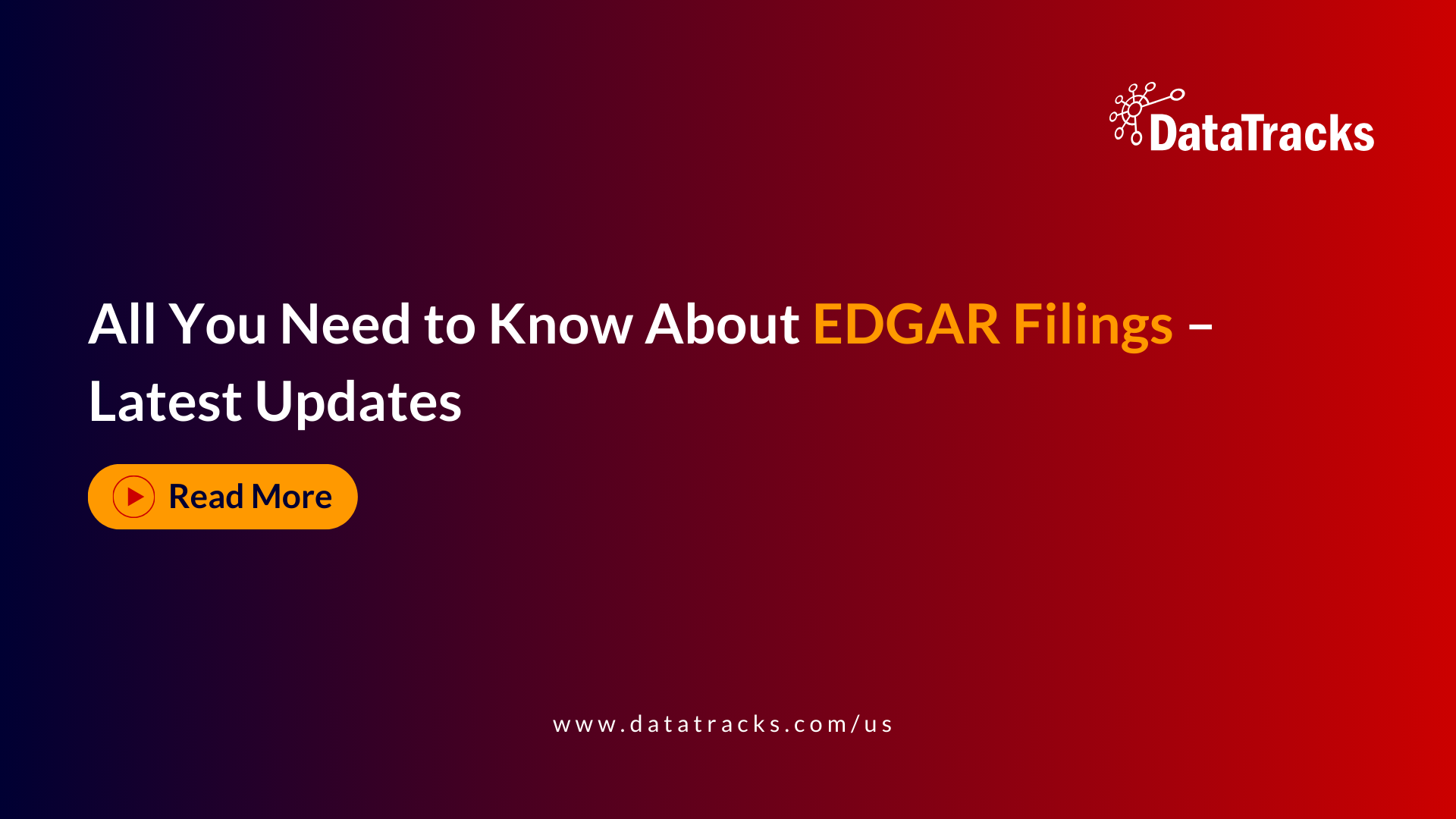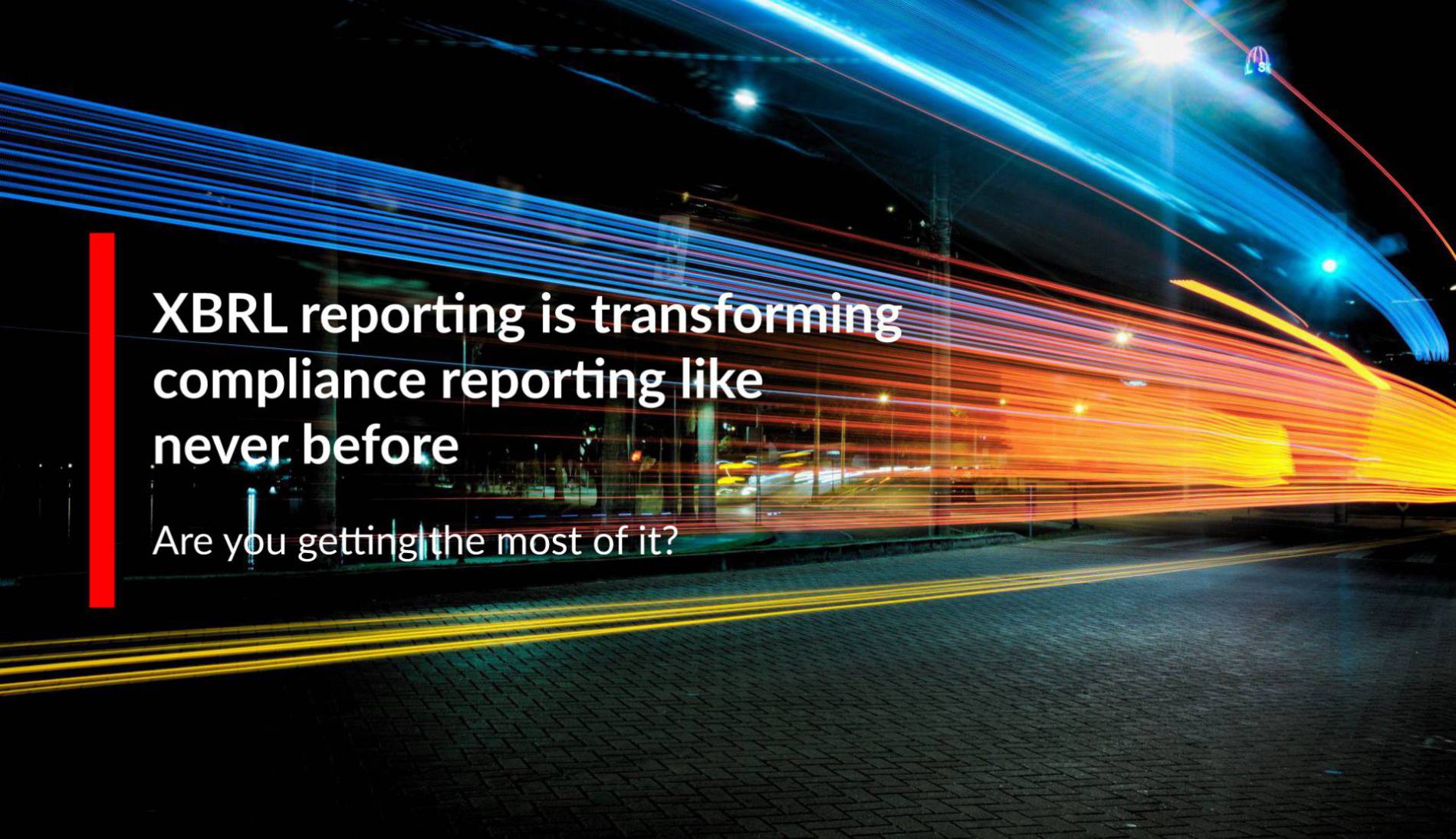The Many Advantages of XBRL
XBRL, also known as eXtensible Business Reporting Language, is an open standard reporting language that was introduced with the intention of improving the quality of financial data reporting.
It is a form of extensible markup language (XML) that is used across the globe today, and millions of XBRL documents are created each year.
As a result, there are a wide number of regulators who have adopted XBRL over the past decade, including countries such as the UK and the US, and its popularity shows no signs of stopping over the coming years.
Below are just some of the reasons why XBRL is beneficial as a reporting language.
Why use XBRL?
XBRL has the power to change the reporting landscape for the better. For instance:
- It offers benefits to a range of users. In fact, anyone that wishes to analyze or compare data can benefit from XBRL, as it makes information more readily accessible to anyone – from stakeholders in a business to investment analysts and government agencies.
- It reduces the need for manual data entry. Many businesses still rely on a large number of manual processes to prepare and review their financial statements, which is not only time-consuming but also carries the risk of a data entry error. XBRL reduces a business’ reliance on such manual input and review processes, meaning more time can be spent on data analysis.
- XBRL isn’t just for financial data. It’s a common misconception, but XBRL isn’t just useful for financial reporting. In fact, XBRL can also be used to communicate non-financial data, such as a business’ inventory status. This means that, if a business leverages the power of XBRL, it could potentially improve its own internal management reporting processes.
- Regulators recognize its importance. The SEC is no stranger to XBRL and has required large public companies to use XBRL to file their financial statements since 2009. Since then, this requirement for XBRL filing has been extended, more recently to foreign private issuers who prepare their financial statements under IFRS.
- XBRL compliance costs are falling. A recent report released by XBRL US and the AICPA highlighted that the average cost of XBRL preparation had almost halved in the period between 2014 and 2017, with most businesses seeing annual costs of $5,500 or less.
Key Advantages of XBRL Adoption
The adoption of XBRL (eXtensible Business Reporting Language) offers a range of benefits that significantly enhance business operations and financial reporting. Below, we explore the notable advantages that companies realize when they implement XBRL.
Enhanced Efficiency and Cost Savings
XBRL dramatically reduces data redundancy and accelerates the financial reporting process. By standardizing the format for reporting business and financial information, XBRL ensures that data is reusable and easily accessible. This standardization helps eliminate the time-consuming need for manual data entry and reduces the likelihood of errors, streamlining the entire reporting process.
Case Examples of Efficiency Gains:
- Banking Sector: A major bank implemented XBRL and saw a reduction in the time required to compile regulatory reports by 70%, enabling quicker decision-making and reporting.
- Manufacturing Firm: By adopting XBRL, a multinational manufacturer reduced its financial consolidation and reporting cycle from several weeks to just a few days, significantly cutting down labor costs and enhancing productivity.
These examples illustrate how XBRL can transform financial reporting from a cumbersome, error-prone process into a more streamlined and cost-effective operation.
Transparency and Trust in Investor Relations
XBRL adoption significantly enhances the transparency of financial data. By providing a clear, standardized format for presenting financial information, companies make their operations more transparent, which in turn builds investor confidence. Transparent reporting helps stakeholders understand the financial health and operations of a company better, which is crucial for maintaining trust, especially in volatile markets.
Long-term Benefits of Improved Investor Confidence:
- Attracting Investment: Companies that adopt XBRL benefit from appearing more reliable and trustworthy to potential investors, making them more attractive investment opportunities.
- Regulatory Compliance: Enhanced transparency aids in meeting stringent regulatory requirements more efficiently, reducing the risk of compliance issues that could lead to fines or damaged reputations.
- Market Perception: Transparent reporting practices signal to the market that a company is confident in its financial health, potentially leading to a more favorable perception among investors and analysts.
Overall, XBRL not only streamlines financial reporting but also plays a crucial role in enhancing corporate transparency and investor relations. These improvements can lead to significant strategic advantages, influencing everything from investor confidence to regulatory compliance and market positioning.
Advantages of XBRL Adoption in U.S. Marketing and Investor Outreach
In the United States, XBRL is increasingly viewed not just as a mechanism for streamlined financial reporting, but also as a strategic asset for marketing and enhancing investor relations. Companies across various sectors are leveraging XBRL to carve out a competitive edge in the crowded investor market, positioning themselves as transparent, forward-thinking entities committed to investor communication and trust.
Leveraging XBRL for Enhanced Market Perception
American companies recognize the potent marketing value of XBRL, using it to showcase their commitment to transparency and easy access to financial data. By adopting XBRL, these organizations effectively signal to both current and potential investors their dedication to high standards of clarity and accountability in financial reporting. This strategy not only helps retain investor interest but also attracts new investors who prioritize transparency in their investment decisions.
Examples of Competitive Advantage Through XBRL
- A leading U.S. technology firm, one of the early adopters of XBRL, utilized the standard to present itself as a market leader and innovator. This proactive approach to adopting XBRL before it became a regulatory requirement helped the firm attract tech-savvy investors, enhancing its reputation as a transparent and investor-friendly entity.
- In the renewable energy sector, a prominent company used XBRL to provide detailed, accessible financial information that underscored its sustainable growth and profitability. This strategic transparency allowed the company to stand out among its peers, attracting eco-conscious investors and financial backers interested in supporting environmentally sustainable initiatives.
These examples demonstrate how XBRL can be employed not merely for compliance and efficiency but as an integral part of a broader marketing and investor relations strategy. In the U.S., using XBRL to enhance investor outreach has proved to be a significant competitive advantage, positioning companies as leaders in financial management and corporate transparency.
DataTracks has over a decade of experience working with businesses to prepare their filings with the SEC and other global regulators, and has proven experience in creating XBRL/iXBRL reports and preparing and submitting EDGAR filings.



